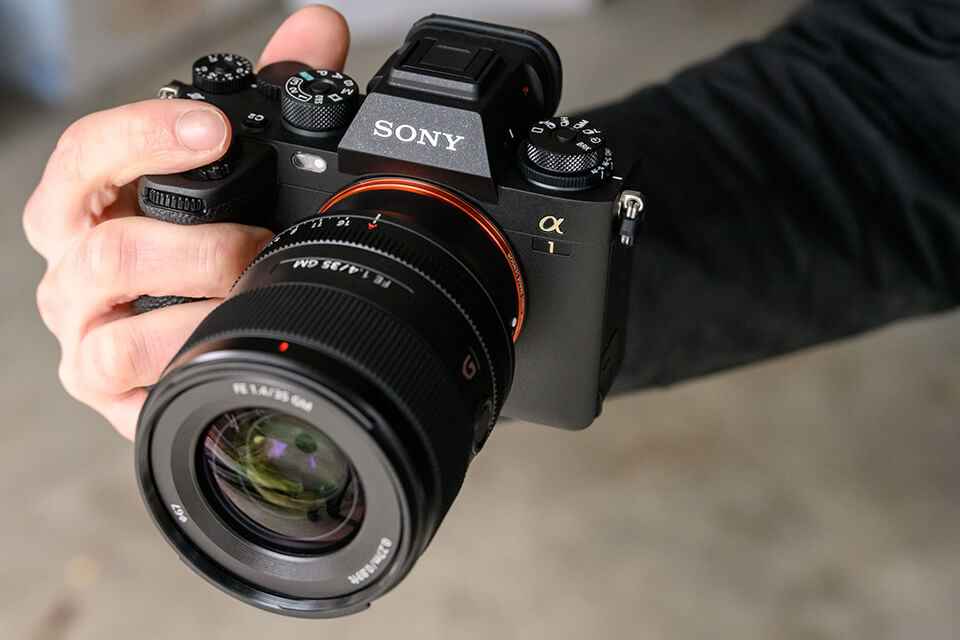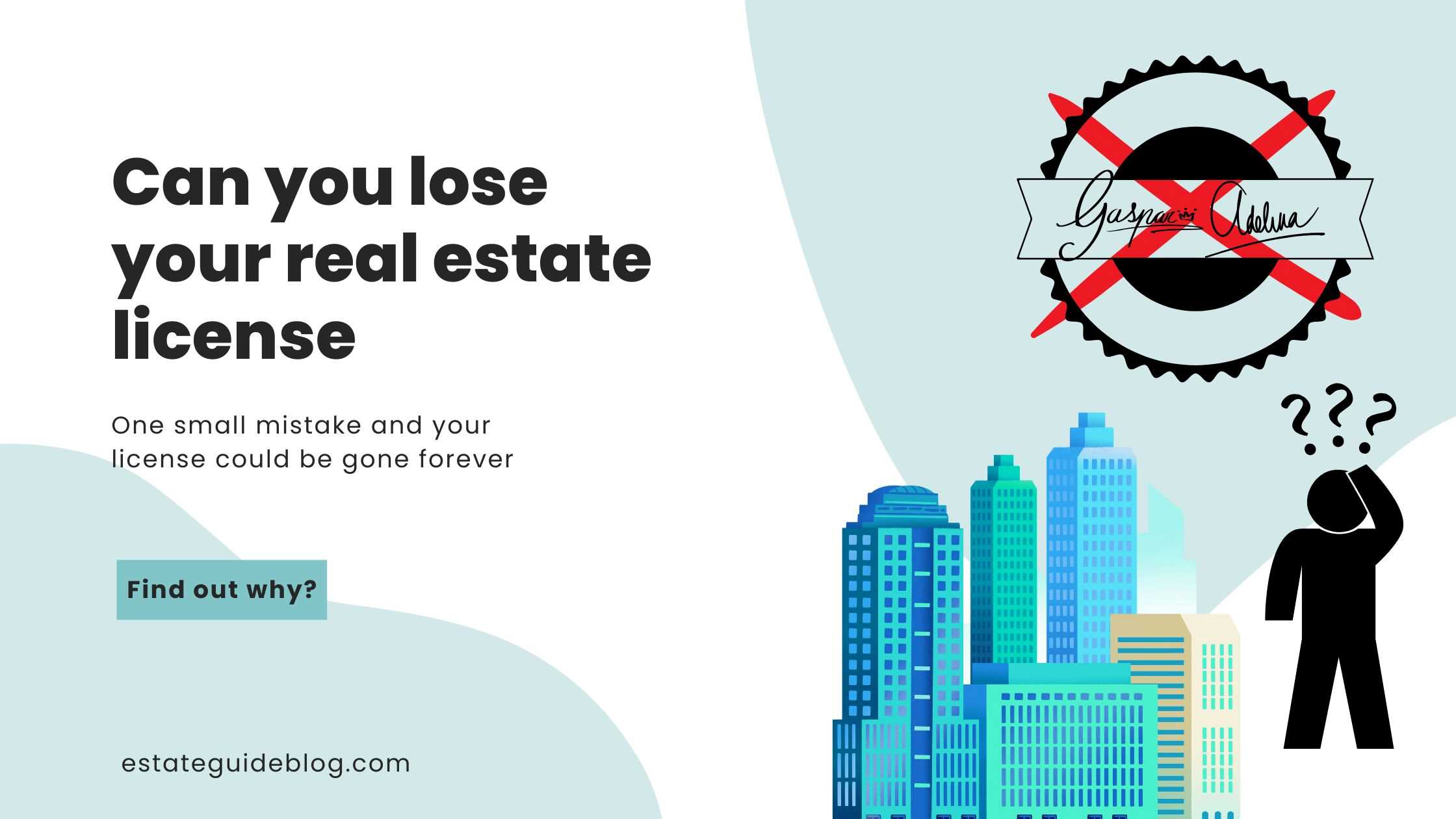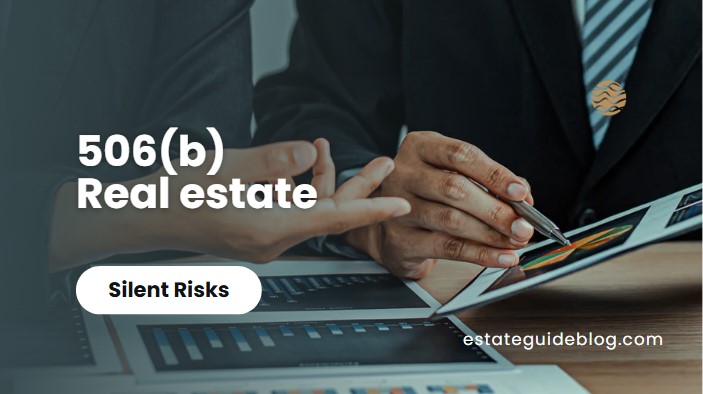Top Sony Cameras for Real Estate Photography
See the best Sony cameras for real estate pros image quality, dynamic range, low light & workflow. Compare full-frame & APS-C picks before you buy

Admin
July 17, 2025

Why Camera Choice Matters in Real Estate Marketing
Real estate is a visual trust industry. Listings that show bright, straight, spacious, color-true interiors convert more showings and higher offers. NAR and Redfin data trends consistently show that professional photography increases online engagement time and can correlate with faster sales velocity in competitive markets. The camera you choose affects:
Advertisement
In-Content Ad
Blog Detail - After Two Paragraphs
High Engagement Zone
- Dynamic Range: Pull window views without crushing interior detail.
- Resolution: Crop for vertical portals, print brochures, or HOA signage without reshoots.
- Color Accuracy: Neutral walls under mixed daylight + tungsten. Poor WB = re-edits.
- Bracket Speed: Capture 3 9 frame exposure stacks quickly before light shifts.
- Video Capability: Seamless still + walk through video packages boost upsell revenue per listing.
In my consulting work with brokerages and media teams, the biggest ROI jump came when shooters standardized on full‑frame Sony bodies with reliable tethering + batch HDR workflows. Consistency scales.
Key Buying Criteria for Real Estate Photography
Before we hit specific Sony bodies, lock in your criteria. Rank these for your business model:
1. Sensor Size & Dynamic Range
Full‑frame sensors provide cleaner files at ISO 400–800 (common when stopping down to f/8–f/11 for depth). They also retain highlight detail in windows you’ll need for natural‑light blends.
2. Resolution vs File Weight
Do you truly need 60MP? High‑end luxury + architectural prints: yes. MLS + web only: 24MP is plenty. Remember storage + editing time scale with MP.
3. Bracketing Controls & Automation
Customizable AEB (Auto Exposure Bracketing) with 3/5/7/9 frame sequences speeds HDR capture. Look for 2‑3 EV step options to reduce noise in shadows.
4. Tethering, Wi‑Fi & FTP Delivery
Teams shooting 10+ homes/day benefit from wireless offload to an editor. Sony’s Imaging Edge + FTP background transfer saves hours.
5. Video Specs for Walkthroughs
4K60 is now table stakes for edit flexibility; 10‑bit files help match interior exposures across rooms.
6. Ergonomics & Stability
Flip screens for floor‑level shots of kitchens. Good IBIS helps in low light handheld video, but for stills you’ll usually be on a tripod.
Top Sony Camera Picks by Use Case
Below are the current Sony alpha bodies (shipping as of my last verified update: June 2024) that real estate shooters rely on. If Sony has released successor models (e.g., an A7R VI) after that date, treat the guidance below as a performance baseline and compare new specs accordingly.
Note on Dates: Today is July 17, 2025. Please double‑check current availability and firmware updates; camera lines do refresh.
Overall Best for High-End Listings: Sony A7R V
Why it wins: 61MP full‑frame BSI sensor, excellent 15‑ish stop usable dynamic range when exposed to protect highlights, pixel‑shift for marketing artwork, advanced subject detection (handy if you also shoot lifestyle staging). Files downsample beautifully for MLS while retaining print quality for luxury brochures.
Highlights for Real Estate:
- 61MP lets you crop for vertical mobile formats.
- 8‑stop rated IBIS helps bracketed hand‑held scouting shots.
- AI‑based auto WB tracking improves color in mixed lighting.
- Dual CFexpress/SD slots support high‑volume shooting.
Watch out for: File size & storage cost. Use compressed RAW when volume shooting tract homes.
Best Hybrid Stills + Video Value: Sony A7 IV
Sweet spot for teams: 33MP gives you extra crop room over 24MP without A7R‑class file bloat. 10‑bit 4:2:2 video internal means you can shoot branded walkthroughs that grade cleanly to match HDR stills.
Why pros like it:
- Reliable AF for lifestyle/agent intro clips.
- Broad lens compatibility; works with budget third‑party zooms.
- Solid battery life for all‑day listing runs.
Consider if: You deliver both photos & video in one appointment and need workflow balance.
High-Volume Speed / Flicker-Safe Interiors: Sony A9 III (Global Shutter)
If you routinely photograph large apartment complexes, hospitality, or newconstruction with LED panels, global shutter is a workflow miracle. No banding, no rolling artifacts under pulse‑width dimming LEDs.
Why it matters: Many interiors mix daylight, LED trims, and accent lighting on dimmers. Traditional sensors can show horizontal banding in fast electronic shutters. The A9 III eliminates that, letting you rip bracket sets near‑silently.
Other perks:
- Lightning burst if you must capture people in spaces.
- Minimal blackout; fluid to operate on gimbal.
- Pro build for rental fleet durability.
Downside: Resolution is 24MP fine for MLS, light print, not ideal for giant wall wraps.
Compact Full-Frame for On‑the‑Go Shooters: Sony A7C II
When you’re the agent and the photographer, weight matters. The A7C II packs a 33MP sensor (shared lineage with A7 IV) into a travel body.
Use it when: You want full‑frame shallow DOF for lifestyle + wide real estate scenes but need a smaller kit for travel, condo associations, short‑term rental turnovers, or international property scouting.
Caveats: Smaller EVF & grip; consider an L‑bracket for tripod work.
High-Resolution Compact: Sony A7CR
Basically an A7R‑class sensor in the A7C‑style compact shell. 61MP in a travel body. Great for architectural pros flying frequently or mixing site documentation with web marketing deliverables.
Advertisement
Mid-Article Ad
Blog Detail - Middle of Content
Maximum Visibility
Tradeoff: Handling is tighter; invest in a compact but rigid tripod head.
Budget-Friendly APS-C Workhorse: Sony A6700
If you’re building a team of new shooters or content assistants, APS‑C bodies reduce cost while still producing MLS‑ready files provided you use true ultra‑wide glass (10‑20mm range APS‑C or full‑frame 16‑35 adapted).
Why it’s viable:
26MP BSI sensor = clean files at low ISO on tripod.
4K video oversampled; good for agent TikTok tour clips.
Lightweight + affordable backups.
Mind the crop factor: A 10mm APS‑C ≈ 15mm FF equivalent still wide enough for small rooms if you compose carefully.
Specialty & Alt Picks
Sony A1: If you already own it for luxury marketing, it’s superb; 50MP, great DR, 8K video. Overkill solely for listings.
Sony A7S III / FX3: Low‑light video monsters; pair with photo‑dedicated body for stills.
FAQs
1. What’s the best Sony camera for real estate?
The Sony A7R V for high-res work, A7 IV for all-around use, and A9 III for speed.
2. Do I need a full-frame camera?
Full-frame is ideal for wide interiors, but APS-C like A6700 works for budget setups.
3. How many megapixels do I need?
24–33MP is enough for MLS; 60MP suits luxury and large print projects.
4. Best Sony lens for interiors?
Start with the FE 16–35mm (F2.8 or F4). For APS-C, go with E 10–20mm F4.
5. Is global shutter useful?
Yes, for LED-heavy spaces or banding issues. A9 III is perfect for that.
6. Can APS-C cameras shoot pro listings?
Yes, if paired with a wide lens and good lighting. Great for high-volume teams.
7. Settings for bright windows?
Tripod, ISO 100, F8, and 3-5 bracketed shots at ±2EV.
8. Shoot RAW or JPEG?
Use RAW+JPEG. JPEG for quick uploads, RAW for editing.
9. Best video setup?
Sony A7S III or FX3 with 16–35mm zoom and gimbal for smooth walkthroughs.
10. How to future-proof my gear?
Invest in lenses, shared batteries, and keep firmware updated for new features.
Conclusion
Choosing the best Sony camera for real estate photography depends less on specs in isolation and more on your service mix, client tier, and workflow scale. If you shoot luxury and need flawless detail, go A7R V (or its current successor if one has launched since June 2024). If you balance stills + video across residential volume, the A7 IV / A7C II sweet spot is hard to beat. For high‑throughput teams under mixed lighting, A9 III changes the game
Advertisement
Before Last 2 Tags
Blog Detail - Before Last 2 Tags in Description
Final Engagement Point

About Admin
Related Articles

Best Bag for Real Estate Agent 2025
Real estate agents need bags that blend style, function, and comfort. Discover the 2025 picks that keep you organized and professional all day.

Admin
Aug 26, 2025

Can You Lose Your Real Estate License? Expert Guide
Discover the real reasons agents lose real estate licenses. Avoid costly mistakes with expert insights and real-world examples.

Admin
Aug 19, 2025

506(b) Real Estate: SEC Rules & Benefits Explained
Learn what 506(b) real estate means, its SEC rules, benefits, and investor requirements in this expert guide for 2025 property syndications.

Admin
Aug 15, 2025